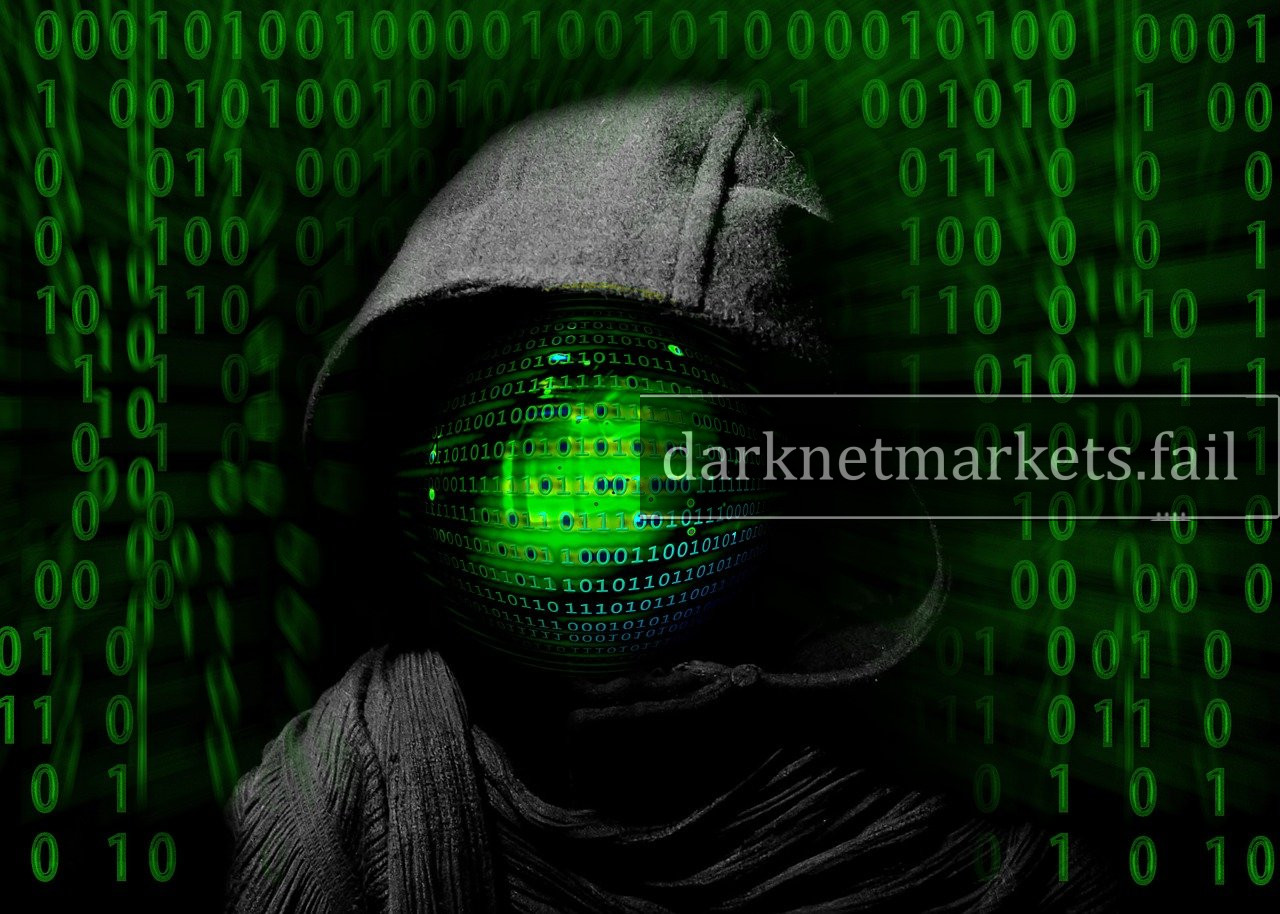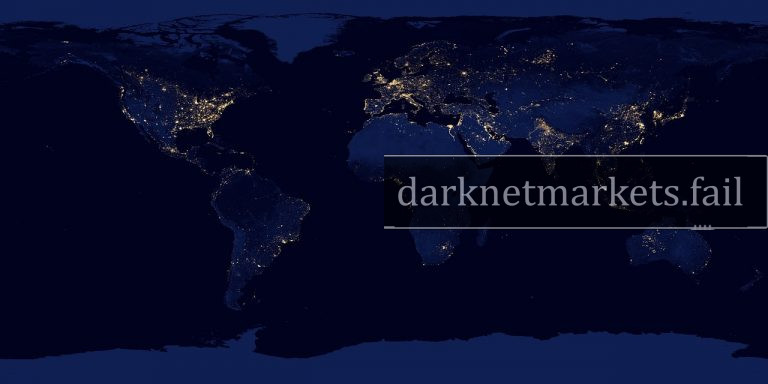The Hidden Web Chronicles: Exploring the Dark Corners of the Internet

The Hidden Web Chronicles – The internet, as we know it, is just the tip of the iceberg. Beneath the surface lies a vast and often mysterious landscape known as the “Hidden Web” or the “Deep Web.” This segment of the internet, which is not indexed by traditional search engines like Google, is far from a simple, obscure space. It is teeming with information, some of it benign, some of it not-so-benign. The Hidden Web, often confused with the Dark Web, is a fascinating and complex world with unique aspects and dangers. This post will take you through the fascinating world of the Hidden Web, its uses, dangers, and how to navigate it safely.
What is the Hidden Web?
The internet we commonly use, consisting of websites that you can find through Google, is called the “Surface Web.” However, there is a much larger part of the internet that is not accessible through traditional search engines. This portion is divided into two primary categories: the Deep Web and the Dark Web.
- The Deep Web: This refers to all the content on the internet that is not indexed by search engines. This includes things like password-protected websites, private databases, academic resources, and subscription-based services like Netflix. The Deep Web accounts for about 90% of the content on the internet, and much of it is perfectly harmless and useful.
- The Dark Web: The Dark Web is a subset of the Deep Web that is intentionally hidden and requires special software like Tor (The Onion Router) to access. It is infamous for hosting illegal activities, such as illicit marketplaces for drugs, firearms, and hacking services, but it also has legitimate uses for privacy-conscious individuals, journalists, and activists.
The Hidden Web, then, is an umbrella term that includes both the Deep Web and the Dark Web, but it’s important to recognize the vast differences in the types of content found within these realms.

How to Access the Hidden Web
The Hidden Web is not as simple as typing a web address into your browser. To access most of the content, especially the Dark Web, specialized tools are necessary. One of the most commonly used tools is the Tor browser.
Using Tor to Access the Hidden Web
Tor is an anonymity-focused browser that allows you to access websites with a .onion extension, which are only available through the Tor network. When you use Tor, your internet traffic is encrypted and bounced through multiple nodes around the world, making it nearly impossible to trace your activity back to you. This makes the Tor network highly popular for individuals who prioritize privacy.
To use Tor, you need to download the browser from its official website, install it, and start browsing. Once you’re on the Tor network, you can access websites with the .onion extension, which are often referred to as “onion sites.”
However, it’s essential to remember that while Tor provides a high degree of anonymity, it’s not infallible. Always take precautions when browsing the Hidden Web, especially when accessing the Dark Web.
Uses of the Hidden Web
The Hidden Web hosts a variety of different content, both legal and illegal. Some uses are perfectly legitimate, while others may be more concerning. Let’s look at a few examples of what you might find in the Hidden Web:
1. Privacy-Focused Communication
The Hidden Web provides tools and platforms for individuals who need to communicate privately and securely. For example, platforms like SecureDrop allow whistleblowers to anonymously send documents and communicate with journalists, providing a safe space for those at risk of government or corporate retaliation.
2. Research and Academic Content
While much of the Deep Web is not harmful, it can be a goldmine for academic and scientific research. University databases, research papers, and private journals are often stored on the Deep Web, making it an essential resource for students, researchers, and professionals.
3. Dark Web Marketplaces
One of the more infamous uses of the Hidden Web is the existence of illegal marketplaces on the Dark Web. These marketplaces sell a wide range of illicit items, from drugs and counterfeit currency to illegal weapons and hacking tools. It’s important to understand that while many of these marketplaces exist, law enforcement agencies are increasingly active in infiltrating and shutting them down.
4. Freedom of Speech and Activism
For individuals living under authoritarian regimes or in countries where free speech is restricted, the Hidden Web can be a vital tool for communication and activism. The anonymity provided by the Dark Web allows journalists, human rights activists, and dissidents to speak out without fear of government surveillance or censorship.
5. Hacker Communities
The Hidden Web is also home to many hacker communities, both ethical and unethical. Some hackers use the Dark Web to share security vulnerabilities and tools to improve cybersecurity, while others may use it for malicious purposes like selling stolen data, hacking services, and software exploits.
Dangers of the Hidden Web
While the Hidden Web can be a valuable resource for privacy, research, and free speech, it also harbors many dangers. The Dark Web, in particular, is notorious for criminal activity and illegal content. Here are a few risks associated with the Hidden Web:
1. Exposure to Illicit Content
Unfortunately, the Hidden Web is often used for illegal activities. Whether it’s trafficking in stolen data, selling illegal goods, or even darker activities, the Dark Web is full of dangers. While not everyone on the Hidden Web is engaged in criminal activity, there’s a significant risk of coming across malicious websites or encountering illegal content.
2. Scams and Fraud
Due to the anonymity provided by Tor, scams and fraudulent schemes are rampant on the Dark Web. Many of these scams involve fake marketplaces where users may send money in exchange for goods that never arrive. Furthermore, there are phishing sites that attempt to steal your personal data or infect your device with malware.
3. Legal Implications
Accessing certain parts of the Hidden Web can lead to legal repercussions. While simply browsing the Deep Web is not illegal, accessing illicit marketplaces or engaging in illegal activities could result in severe legal consequences. Always make sure you’re aware of the laws in your country regarding online activity.
4. Malware and Hackers
As with any part of the internet, malware is a constant threat. Websites on the Hidden Web can harbor viruses, Trojans, and ransomware designed to infect your device or steal your personal information. Ensure that you have strong cybersecurity measures in place before venturing into the Hidden Web.
Navigating the Hidden Web Safely
If you plan on exploring the Hidden Web, it’s crucial to take steps to protect your privacy and security. Here are some tips:
- Use a VPN: A VPN (Virtual Private Network) helps add an additional layer of security by masking your real IP address and encrypting your internet traffic.
- Keep Software Updated: Always make sure your Tor browser and security software are up to date to avoid vulnerabilities.
- Avoid Sharing Personal Information: Never share personal information, passwords, or credit card details when browsing the Hidden Web.
- Be Wary of Scams: Always do thorough research before engaging in any online transaction, especially on the Dark Web.
Conclusion
The Hidden Web is a fascinating and complex aspect of the internet that offers both positive and negative elements. While it can be a valuable resource for privacy, activism, and research, it also poses significant risks, particularly on the Dark Web. Navigating this hidden space requires caution, awareness, and a strong commitment to cybersecurity.
If you are curious about the Hidden Web, always approach it with the knowledge that it can be a place of both opportunity and danger. By staying safe and informed, you can unlock its hidden treasures while avoiding its pitfalls.



